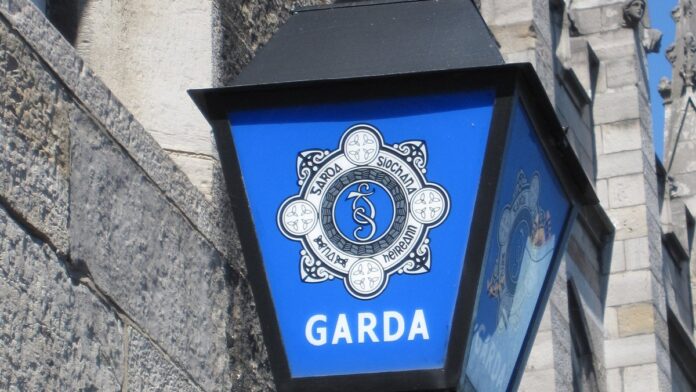
LIMERICK has lost five per cent of its Garda numbers over the past five years — down from 612 Gardaí stationed across the city and county in 2019, to 582 at the end of 2024.
And with Limerick’s population growing by 5.2 per cent in the same period, Aontú councillor Sarah Beasley warned that concerning example of the repercussions of low Garda numbers is the drop in arrests for drug offences over the past 10 years.
“Last year a paltry 170 arrests were made, down a whopping 23 per cent in a year — 220 arrests in 2023 — and down close to 40 per cent in a decade when the number was 277. Less Gardaí results in less arrests and more crime, it’s that simple,” Cllr Beasley told the Limerick Post.
The City North representative is particularly disappointed that there has been no increase in allocation over the past year and the Garda force in the county is well below the fives from five years ago.
This problem, she said, is replicated across the country, with most Garda divisions having fewer frontline officers than last year.
“The number of Garda serving today is below the 2020 figure in real terms. It’s even below the 2009 figures in real terms. The number of Gardaí is lower per capita than it was in 2005,” Cllr Beasley said, claiming that “Ireland has one of the lowest number of police per capita in the whole of the European Union”.
“Since 2011, at least 140 Garda stations have been closed across the country. Even worse, due to the negative publicity and to avoid appearance of more closures, this government now pretends to keep Garda stations open, when in fact they are in a zombie-like state.
“One in 10 Garda stations currently has no designated Garda. In Limerick, 10 Garda stations have one Garda assigned — Ballylanders, Bruree, Cappamore, Adare, Athea, Dromcollogher, Foynes, Glin and Pallaskenry.”
Crimes such as kidnapping, firearms and explosives offences, public order offences, violent crime, attempted murder, assaults, shootings, drugs importation, and arson attacks are all increasing, the Aontú woman claimed.
Minister of State at the Department of Justice and Limerick County TD Niall Collins said that tackling the “scourge” of drug dealing in rural communities is a top priority for the government and his party colleague, Minister for Justice Jim O’Callaghan.
Speaking in the Dáil and highlighting the importance of a “whole-of-government” approach to tackling rural crime, Minister Collins also confirmed that the government will publish a new Rural Safety Strategy this year.
“Tackling the scourge of drug dealing and targeting the work of organised crime groups, which inflict intimidation, violence, and misery on families and communities in rural Ireland, is a top priority for the Department of Justice and the government as a whole,” Minister Collins said.
The Limerick TD said that preventative work in the area of youth justice is key to stopping rural crime at source, as investment in youth programmes has proven to divert young people away from a life of crime.
“As part of Budget 2025, €36million has been allocated to youth justice services. This investment will facilitate an increase in the capacity of youth diversion projects for the young people who need them the most, as well as increased supports for families and early interventions for children who may be at increased risk of becoming engaged in criminal activity,” he said.
“Rural and community safety is not just a job for An Garda Síochána alone. It requires a multiagency, multi-sectoral, and a whole-of-Government response,” he concluded.









